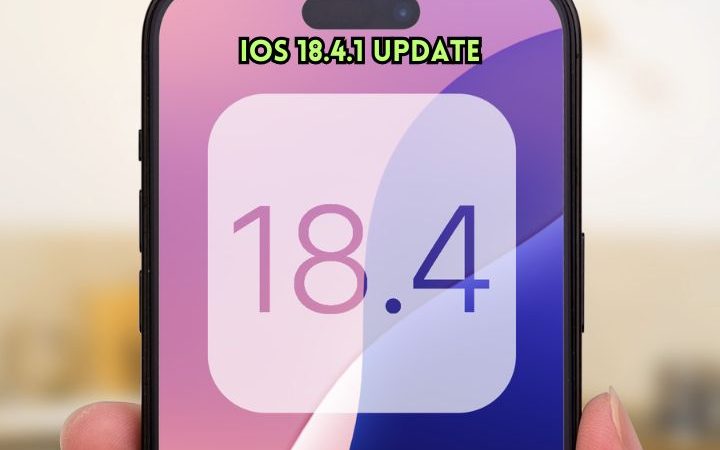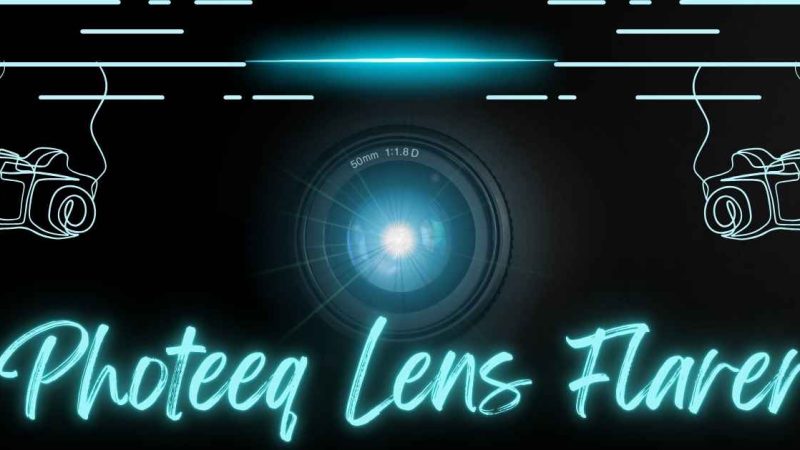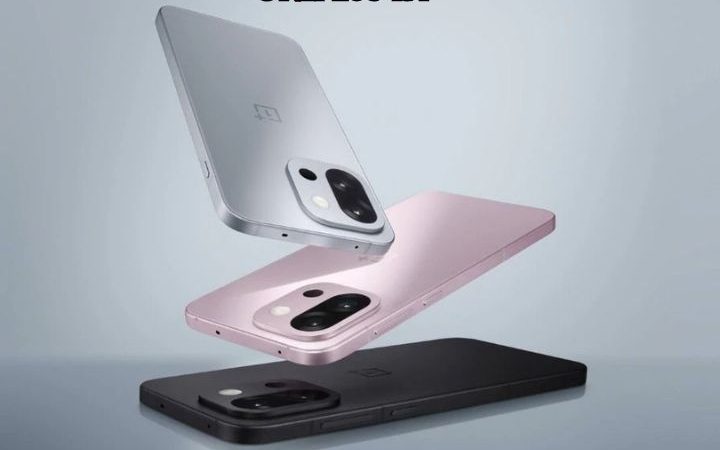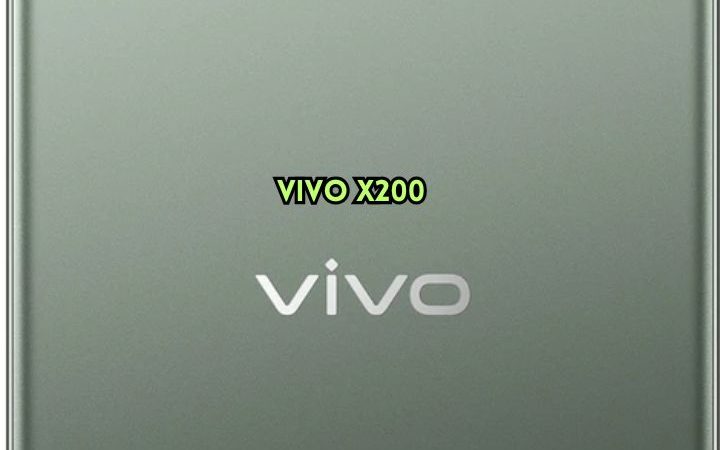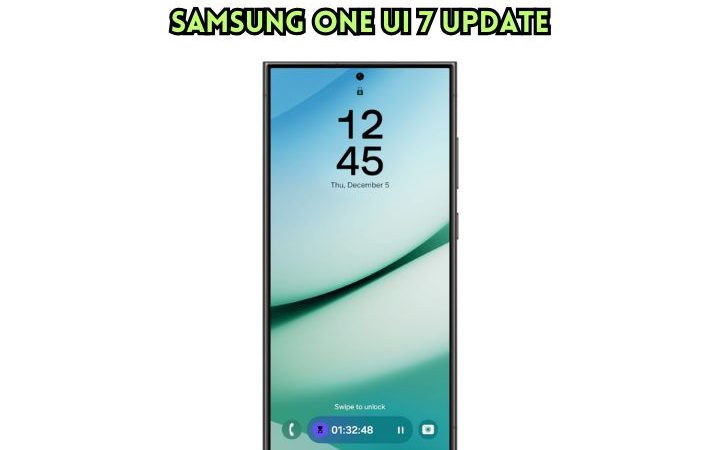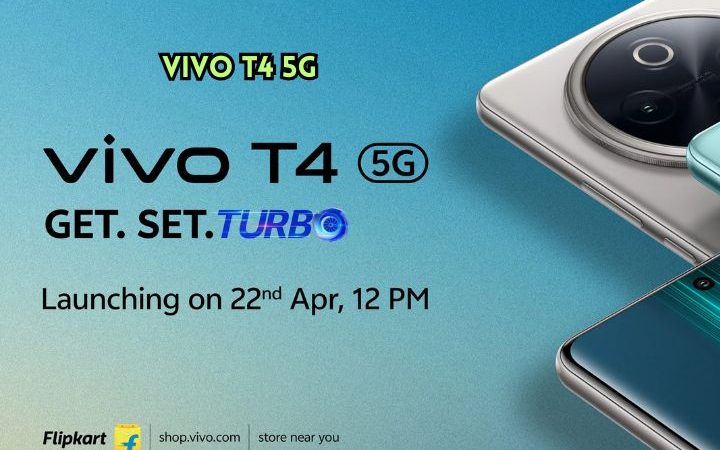Defining Some of the Components of Good Web Design

Web design probably isn’t something you give a lot of thought to until you’re faced with a poorly designed website—and you know exactly what these look like.
They may be ugly and painful to look at, with contrasting bright colors, low-quality images, blaring music, and more. Maybe they are just difficult to navigate. We all know what poor website design looks like, but what about good web design? That’s exactly what we’ll cover here in today’s article.
Designing a website well requires clearly defined goals, along with knowledge of current trends, website building, and more. When it’s time to update your website’s design, remember this article and contact a high-quality marketing agency in Broomfield, Colorado, to further help you out.
Clearly Communicated Purpose
Before you can design your website, you must first make its goals clear. For example, an online store will be designed differently than an information-focused page, but you’ll still need to include some information.
An online store’s page will lead its users toward the products on offer but will also have a few short pages describing each product or brand and its goals to try and convince you to make a purchase. This setup is fairly common, especially for brands that sell a few products in a niche rather than a large variety.
Information-focused pages will provide contact information or even a link to purchase products or services but will spend most of the space on web pages describing why the company began, its goals, who the founders are, and more.
Understanding the purpose of your website before you begin the web design process will allow your web design team to design the site accordingly and give visitors the correct information and impression of your business and its goals. Not defining a clear purpose for the website will make it appear undefined, meandering, and otherwise undesirable.
Easily Navigated Pages
Obviously, you want your web page to look good—however, if it’s difficult to navigate, then those good looks are wasted. Because of this, your web design needs to prioritize function over form, and to do this, you need to think about how you navigate websites.
Do you sit and read every word, or do you tend to scan the articles for important information instead? While there are times when we actively do the former, most will simply do the latter and try to scan a page to find the information they’re looking for. This is part of why many sites have only a few short sentences, many easy-to-understand navigation buttons, and large headers all over the main landing page.
Many also continue these trends on other pages, and if your web pages are filled with dense blocks of text, unclear or difficult-to-find navigation buttons, and few large headlines, many will close the page and look elsewhere. This is just one of many things you’ll need to consider as you design your web pages.
You’ll also need to consider things like focusing your potential customer’s attention and providing your services readily. Finding the best design can be tricky, but it will be well worth it in the end.
Functional Mobile Design
When you think about a computer, you imagine one of two things: either a monitor, keyboard, and mouse on a desk and a large, rectangular PC somewhere nearby or a laptop on a cafe table. While these are both computers, there is one more that you use far more often that is being left out here: your smartphone.
Over half of all website traffic worldwide came from mobile devices in the second quarter of 2022. Of course, this isn’t as surprising as it sounds, as we have our phones with us everywhere and are constantly using them for something, whether it’s for quick research or even entertainment.
As a result, you need to test your web design extensively on mobile devices to ensure it works just as well as on a desktop or laptop. Make sure you do this to avoid losing customers, as people go to competitors whose sites actually work well on their phones. Before publishing your completed page, have conversations with your web design team to ensure that every design and navigation feature will work well on mobile devices.
If your design doesn’t work well on mobile, inform your users of this when they visit the page and tell them that you’re either working on a solution or point them toward something like an app you know does function well. While this may lose some customers, others will appreciate the honesty and either remain on the page more patiently or try your app out instead. However, both issues can be avoided entirely by implementing a mobile-first design strategy.
Unique and High-Quality Appearance
The final part of employing good web design to actively consider is unique typography and high-quality images. Unique typography means that you use an interesting font that is still easy to read but also gives off a bit of personality and makes you stand out from those who may use default or otherwise uninteresting fonts.
High-quality images are exactly what they sound like graphics, photos, and art that have a high resolution, are easy to see and understand, and draw the user’s attention. Combining these with the other design components mentioned above will create a high-quality website that will entice customers to learn about you and potentially even make a purchase.
Staying Ahead of The Competition
Staying actively on top of what currently constitutes good web design can definitely be complicated. However, we hope this article helped you understand good web design a little better.
There are many other things to consider during web design, including search engine optimization or SEO, so make sure to have regular discussions with your web design team to ensure your vision and goals are met in the most beneficial way possible.

